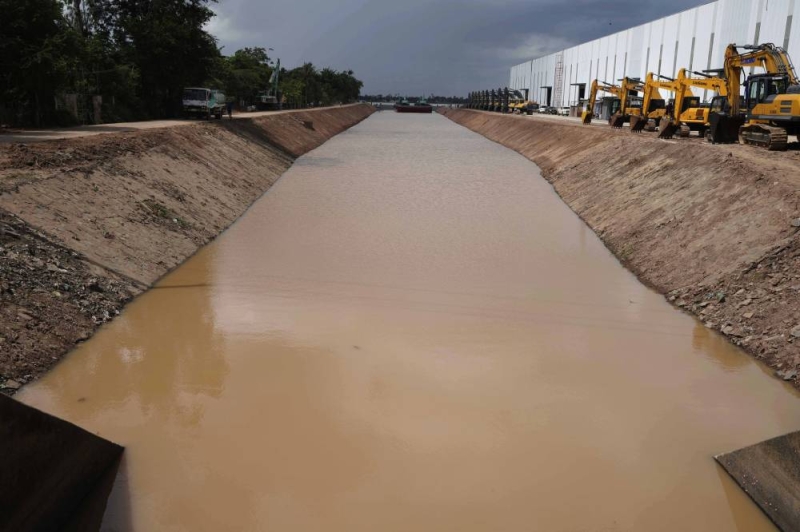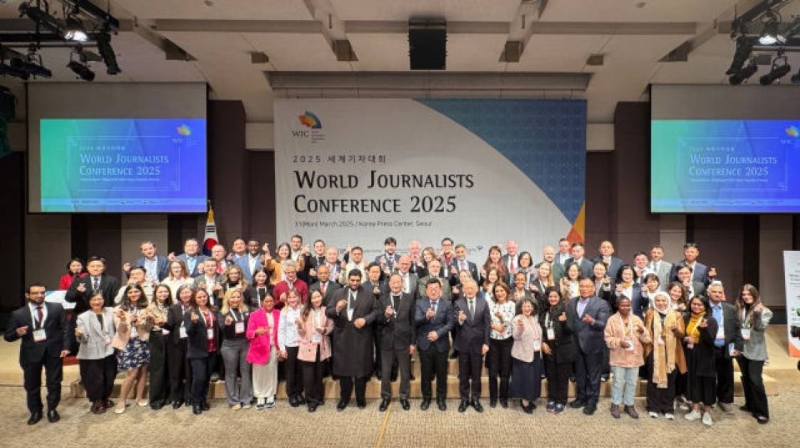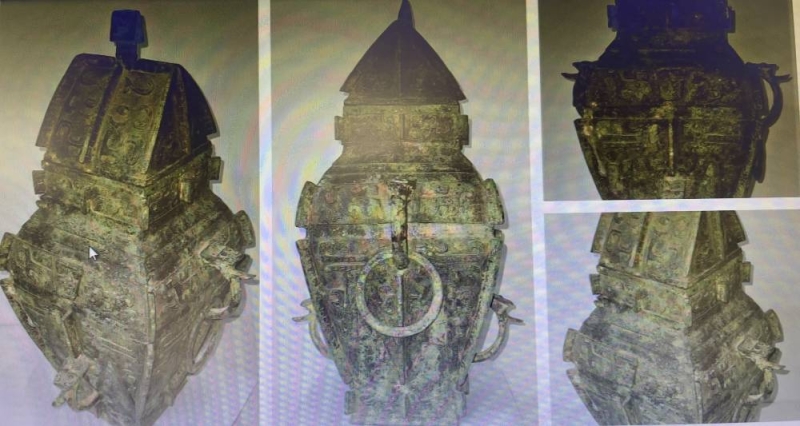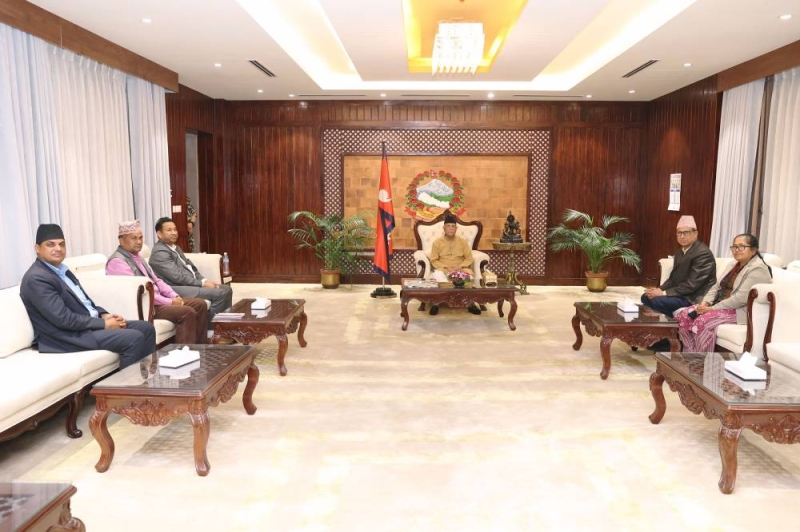ASEAN plans joint economic group
ASEAN plans joint economic group
Published: 12:00 am May 14, 2006
Manila, May 14:
Southeast Asian trade ministers, pressured by China and India’s growing economic might, will gather this week in Manila to chart plans to accelerate their daunting ambition of creating a European-style economic community.
During their two-day long working retreat starting on Tuesday, ministers of the 10-member Association of Southeast Asian Nations (ASEAN) will explore ways to push forward the integration of their economies into a single market and production base to 2015, instead of 2020, officials said.
They will assess progress of ASEAN’s various free trade negotiations and are to meet South Korean trade minister Kim Hyun-chong and European Union trade chief Peter Mandelson on Tuesday.
The proposal to accelerate the formation of an ASEAN Economic Community was made by the bloc’s leaders at their summit in December as they sought to boost the 39-year-old grouping’s economic clout amid concerns it may be dwarfed by rising giants China and India as momentum for East Asian integration gathers steam.
“The ministers will see how the process can be shortened. 2020 is too far away for any substantial economic benefit for ASEAN at this time,” ASEAN secretary-general O-ng Keng Yong, who is attending the meeting, said. Speeding up regional integration takes on a renewed urgency as the grouping struggles to remain in the driver’s seat of the East Asia Summit, which was launched in Malaysia in December comprising ASEAN 10 members, Australia, China, Korea, India, Japan, and New Zealand, he said.
Japan has already called for negotiations to begin in 2008 among the 16 nations to create an East Asian free trade area, comprising half the world’s population and a combined economy of $8.3 trillion, although the goal is elusive because of its many rivalries. “To be in the driver’s seat, ASEAN must be competitive and have certain leverages, otherwise focus will be more on China and India. The only way is to have an integrated ASEAN economy,” Ong said.
The bloc has been working on an ASEAN Free Trade Area for a decade but in reality, the countries remain a chain of disparate markets. A wide economic chasm divides ASEAN, which comprises more advanced nations Malaysia, Singapore, Thailand, the Philippines, Indonesia and Brunei and newer members Vietnam, Myanmar, Laos and Cambodia.
Cumbersome border formalities, barriers to the flow of goods and services, and restrictive business practices hinder growth in ASEAN, which has a market of 530 million people but accounts for only six per cent of world exports, officials said. Ong admitted progress in liberalising trade in services and harmonizing custom procedures in the region was sluggish. “It is taking longer than expected because there are a lot of technicalities to iron out. We will discuss all these and see how we can make progress,” he said.
ASEAN trade ministers were originally due to gather in the palm-fringed resort island of Boracay, about 300-km southeast of Manila, but bad weather caused by tropical storm Chanchu, which has left at least 32 people dead and disrupted flights in the Philippines, forced officials to shift the meeting to the capital. Ong said a proposed ASEAN agreement with South Korea to liberalise trade in goods — which is part of an overall free trade pact signed in December — remained in a flux as negotiations were stalled by Thailand’s political crisis. ASEAN ministers will discuss ways to overcome this hurdle with Kim on Tuesday, he said.





